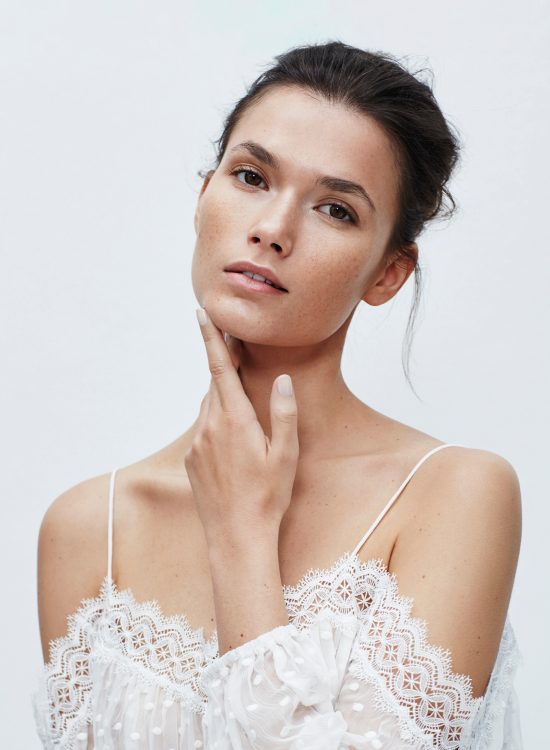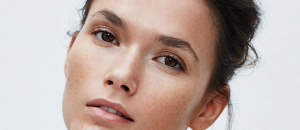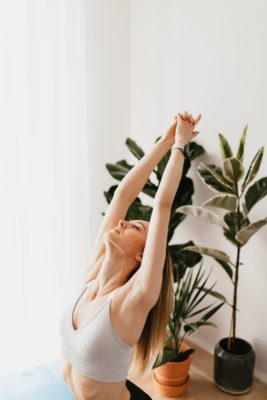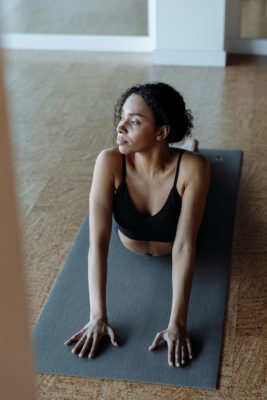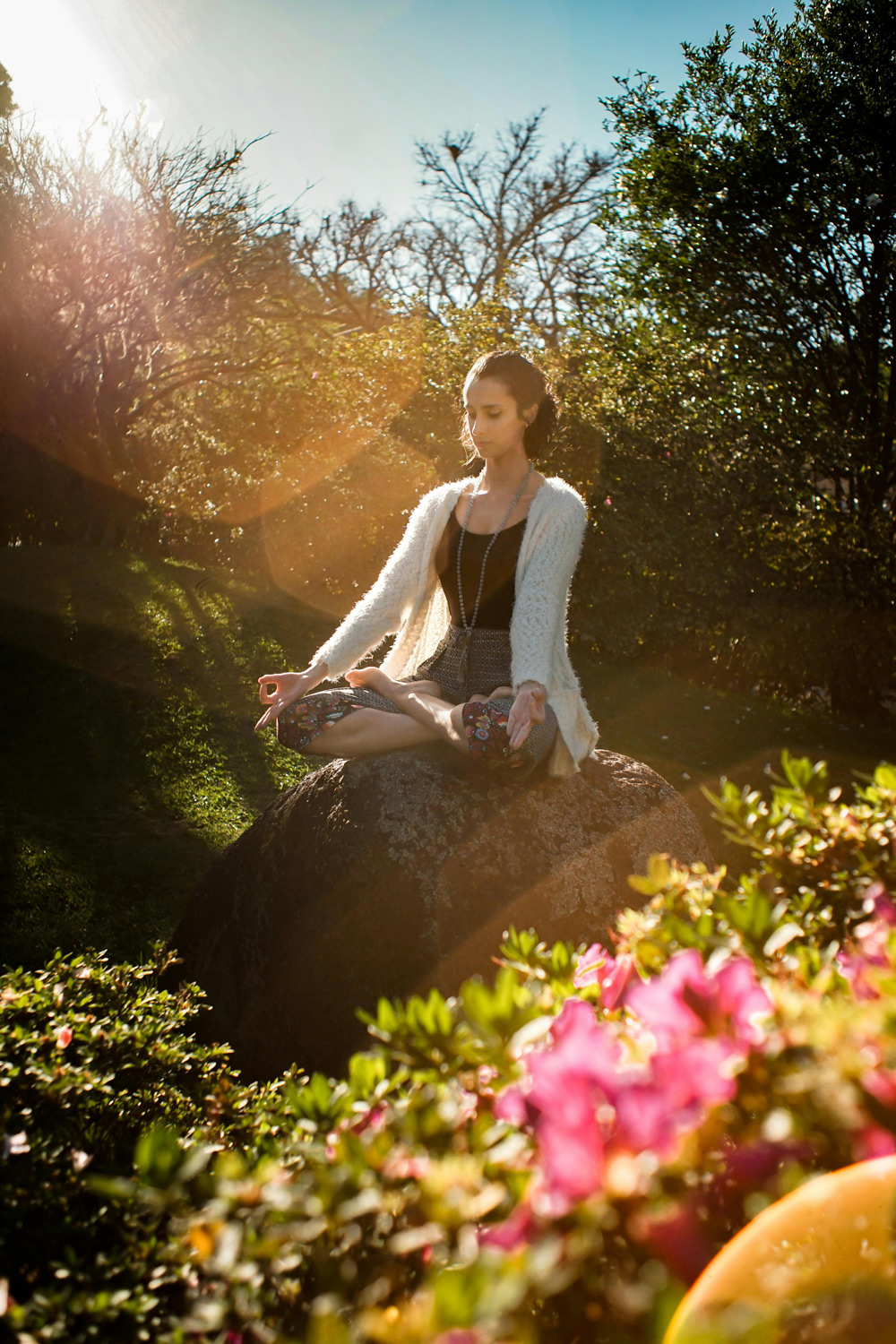
Yoga Poses For Every Stage Of Your Hormonal Cycle
By
2 months ago
How to match your practice to your hormones
There are endless wellbeing benefits of yoga, from improving flexibility to reducing anxiety. But the holistic practice can also offer perks for hormonal health, helping you through different stages of your cycle – from boosting mood during the luteal phase to relieving period cramps. But which styles and poses are best for each phase? We’ve enlisted the experts at hormone tracking app Hormona to help with a guide to yoga for your menstrual cycle.
How Can Yoga Support Hormonal Health?
There’s plenty of scientific evidence pointing to the benefits of yoga for people who menstruate, both physical and mental. In this study from 2023, for instance, people who practiced yoga were found to have improved pain tolerance and reduced stress levels – and the restorative practice was found to be a key factor in regulating hormonal balance.
Yoga can be particularly effective for PMS relief, with certain poses known to ease cramps, stretching the areas where pain is usually felt, such as the abdomen, pelvis and groin. Plus, a calmer brain can actually result in your uterus contracting less intensely.
‘The combination of physical movement, mindfulness, and breathwork in yoga helps the body regulate cortisol and other hormones more effectively,’ says Karolina Löfqvist, co-founder and CEO at Hormona. ‘This is particularly useful if you suffer from a hormonal imbalance such as PCOS, as it can help alleviate common symptoms like cramps, bloating, and fatigue. It’s also highly adaptable – there are so many different styles to try, and you can alter the intensity of your practice to harmonise with your cycle.’
Sheila Arnell, yoga and breathwork expert at Hormona, recommends yin yoga in particular, a slow-paced style which focuses on relieving stress in the hips, back and legs. ‘Yoga is also a practice of active listening and deep connection, which greatly improves overall wellbeing, as well as providing a sense of calm and support – something that can be especially helpful if you’re not feeling your best,’ she adds. ‘Yoga movements (asanas) can support natural pain relief, improve circulation to ease painful cramps, and reduce inflammation in the pelvic area.’
Breathwork, Arnell notes, can be hugely helpful for mental health. ‘Don’t forget that everything begins with the breath – always returning to a resonant breathing pattern, inhaling for five counts and exhaling for seven. This simple technique is key to supporting nervous system regulation.’
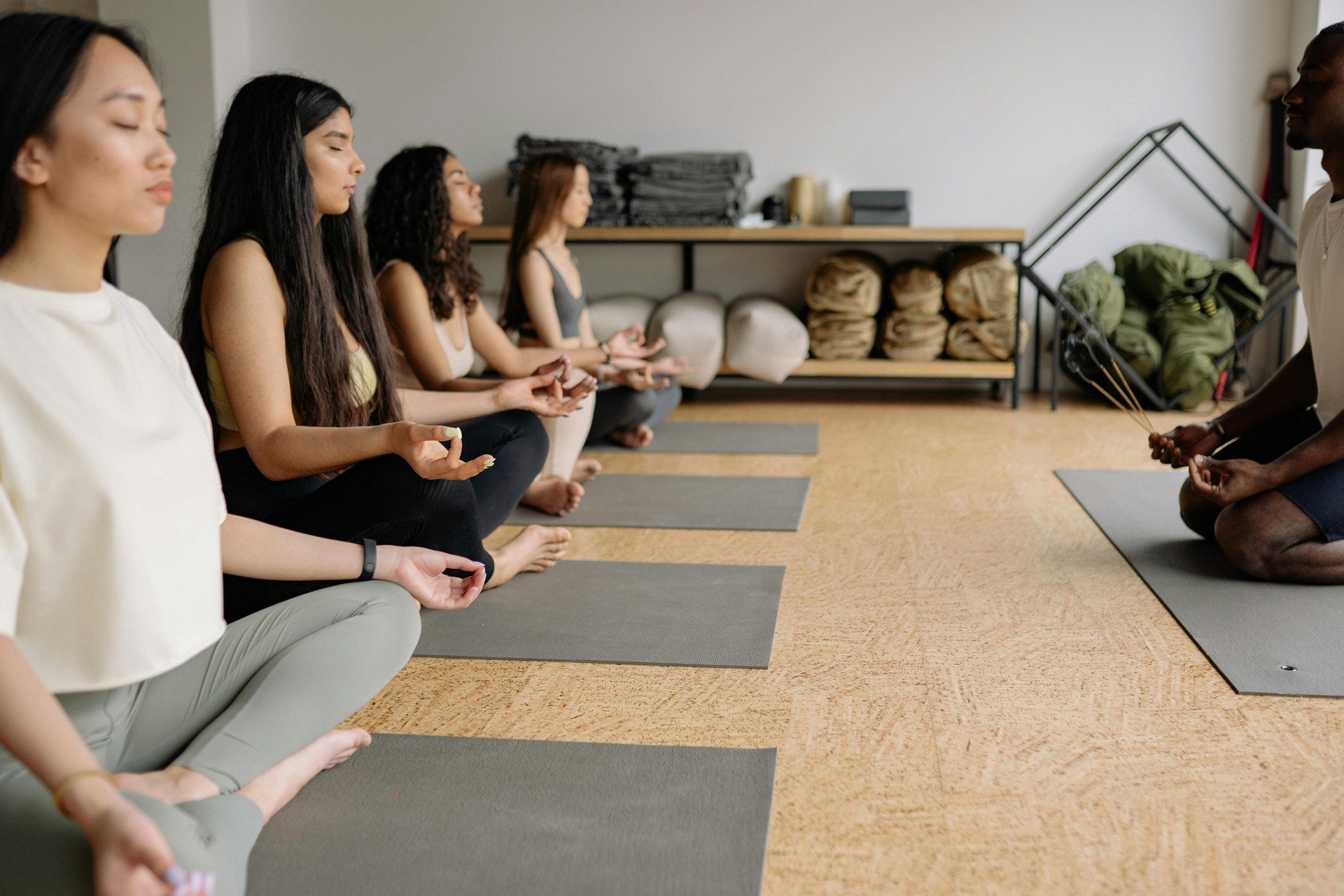
Pexels
Which Styles Of Yoga Work For Each Phase?
‘Yoga is beneficial throughout every phase of your menstrual cycle, but adapting your practice to each phase can enhance its effect,’ explains Arnell.
Menstrual Phase
Everyone experiences their period differently, and sometimes all you want to do is curl up with a bar of chocolate. But if you’re up for a bit of movement, slower types of yoga work well during menstruation. ‘During the menstrual phase, focus on restorative practices like yin yoga with poses such as balasana (child’s pose), butterfly pose (forward fold), and reclined butterfly (bound angle pose) supported by a bolster or pillow to relieve cramps and discomfort,’ says Arnell. ‘Legs-up-the-wall pose is also a wonderful daily practice for relaxation.’
Follicular Phase
Energy levels tend to rise in the follicular phase, which means it’s a good time for styles like vinyasa flow, dynamic hatha or ashtanga yoga. In particular, Arnell recommends ‘incorporating poses like sun salutations, warrior poses, and tree pose to build strength and vitality.’ When energy levels peak during ovulation, ‘opt for dynamic practices with poses like camel pose, wheel pose, and goddess pose to boost circulation and open energy channels.’
Luteal Phase
Many people experience mood swings during the luteal phase, when estrogen and progesterone levels are low. ‘Listen to your body and shift to slower, grounding practices like hatha yoga or yin yoga to support stiffness and lower energy,’ advises Arnell. ‘Prioritise breathwork (pranayama) such as resonant breathing, more active patterns with soft breath holds, or balancing techniques like nadi shodhana (alternate nostril breathing) to restore and centre yourself.’

